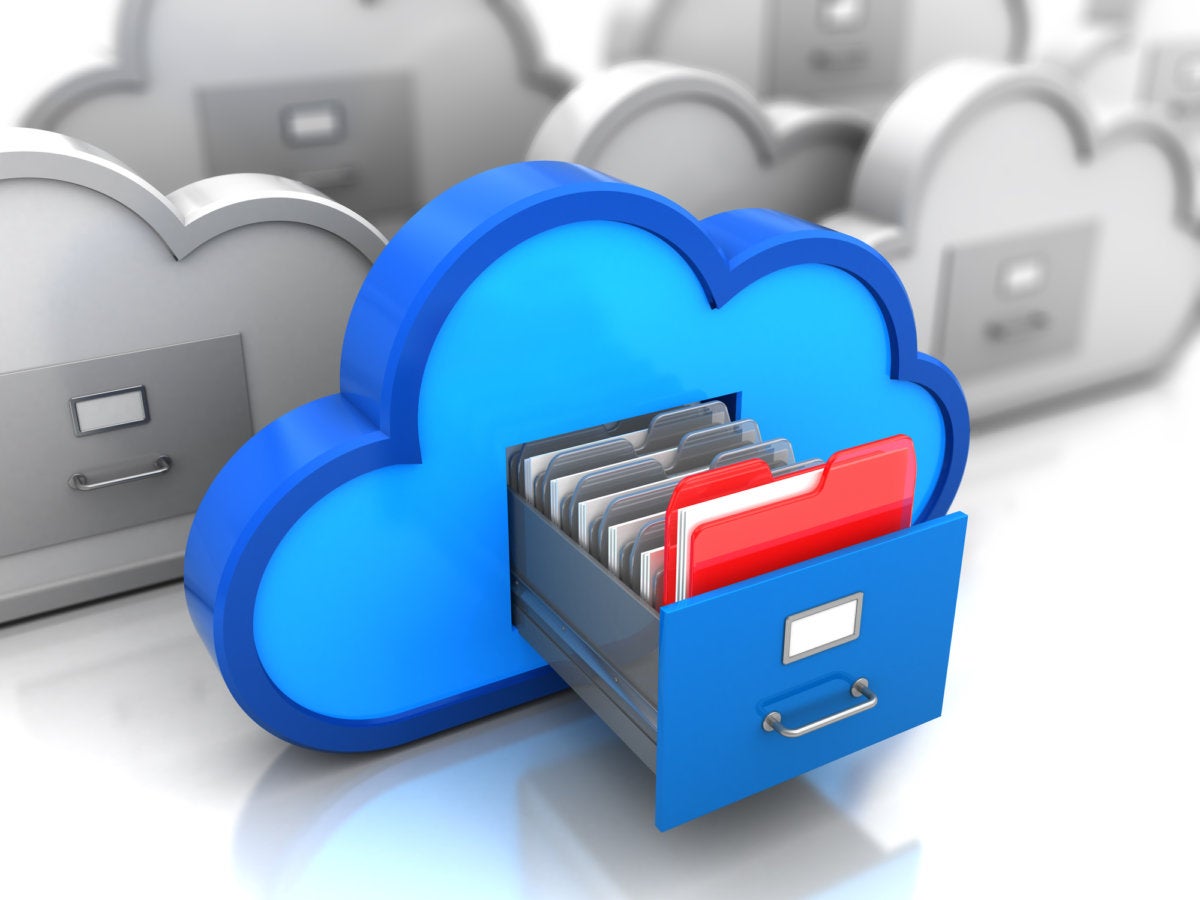

Additional hardware will have to be purchased as your system files and data grows. Unlike cloud servers, the onsite hardware doesn’t have unlimited backup space. Sometimes automated backup software will perform continuous or scheduled backups without manual input from a user. Onsite backup data usually includes critical information saved to local media or mobile devices, including tapes or hard disks. Onsite backup, sometimes called local or traditional backup, is a system where data is backed up and stored locally – typically on business premises. We’ll provide a comprehensive breakdown and comparison of each solution and their core differences, use cases, and what you should choose based on your type of business. Let’s take a deep dive into cloud backup and onsite backup. However, some companies prefer a hybrid approach as it provides redundancy and critical peace of mind. Depending on your business niche, resources, and specific needs, one or the other might be more suitable for you. The two main backup options are cloud backup-also known as an online backup and remote backup-or onsite backups. You must have a “clean” copy of your system to restore in case of a malware infection, software glitch, accidental deletion, or other human error.

In best practice, a proactive approach is necessary to prevent disaster. Lost or corrupted data could mean anything from a minor inconvenience to a system-wide shutdown. Organizations rely on their data to help them reach their business goals, deliver granular insights, and inform business decisions. In today’s data-rich business environment, backups are a critical concern.


 0 kommentar(er)
0 kommentar(er)
